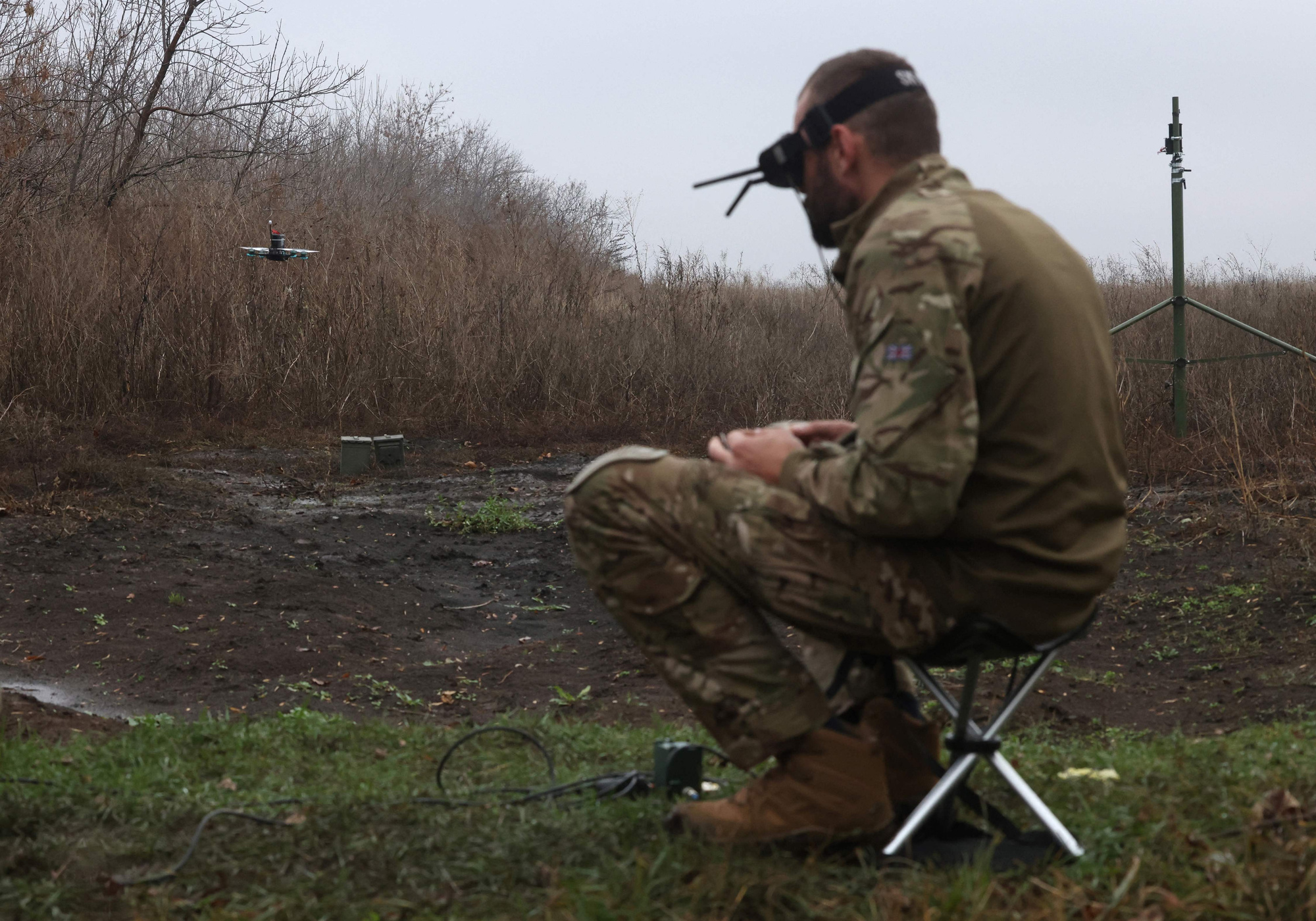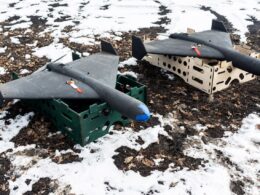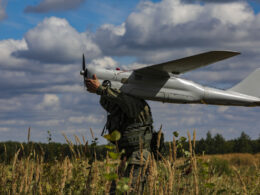According to The Economist, Ukraine has developed highly sophisticated drones capable of striking targets deep behind enemy lines. The best of the new models has a range of 3,000km, able to reach Siberia.
Since President Volodymyr Zelenskyy prioritized the technology, Ukraine has invested hundreds of millions of dollars into long-range drones, capable of searching out and striking distant targets. Half a dozen firms now make them.
Born out of necessity—the West has been reluctant to provide Ukraine with long-range weapons—the program has disrupted much of Russia’s oil and military infrastructure. But the White House is not happy. It is pushing the Ukrainians to stop the strikes.
So far, Ukraine is ignoring American advice to call off the strikes. One Ukrainian intelligence officer responsible for part of the program, says he has not received instructions to dial down operations.
”Yes, there has been a switch away from aiming at oil infrastructure in the past week, but it is probably temporary. Our targets change day to day. We keep the Russians on their toes,” the intelligence officer said.
One long-range-drone producer claims that not every American representative agrees with its policy. His contacts “winked” while they delivered warnings.
“They’re privately telling us to keep going. Russia is scorching Ukrainian earth. It’s time we did the same to European Russia,” the drone producer said.
American concerns
From a rise in the oil price to the prospect of an uncontrollable tit-for-tat in which Ukraine could end up the loser, America’s concerns have varied. Fears of the latter rose in late March, when Russia inflicted millions of dollars of damage on Ukraine’s energy infrastructure.
The attacks revealed gaps in air defenses and vulnerabilities to Russia’s new Kh-69 low-altitude cruise missile. On April 11th such missiles destroyed Ukraine’s Trypilska power station, 40km from Kyiv, though it was in range of the capital’s Patriot air-defense systems.
According to Ukraine’s Deputy Prime Minister for European and Euro-Atlantic Integration Olha Stefanishyna, oil refineries are “absolutely legitimate targets from a military point of view.”
“We understand the calls of our American partners,” she said at the Kyiv Security Forum, “at the same time, we are fighting with the capabilities, resources and practices that we have,” Stefanishyna said.
Ukrainian drone strikes
Since the start of 2024, Ukraine has operationally mass-deployed its new one-way attack long-range unmanned aircraft, conducting precise strikes deep inside Russia, crippling more than a dozen of Russia’s high-value industrial assets, including refineries, oil depots, and factories across an 800km radius of Ukraine’s borders.
Two Ukrainian agencies – the Defense Intelligence Directorate (HUR) and the SBU security service – are coordinating these drone operations, according to Ukrainska Pravda sources. SBU markings on one warhead indicate its special operations personnel have access to the drones.
The long reach has given Ukraine the ability to degrade Russia’s strategic depth and industrial potential, and deny Russia of its income through oil, which it can use to fund its war against Ukraine.
If the scale of Ukrainian drone attacks is maintained at the levels of March and Russian air defenses do not improve, Ukraine will be able to keep damaging Russian refineries faster than they can be fixed, slowly but steadily eroding the country’s refining capacity.
Read more:
- Ukraine to mass produce ”Shmavic,” domestic replacement for Chinese DJI Mavic UAV
- The Telegraph: ”Hit back twice as hard,” Ben Wallace calls for firm position on Iran and Russia
- Reuters: Russia restoring oil refining capacity idled by Ukrainian drones
- Podcast: How drones complement but cannot replace artillery in Ukraine’s military strategy
- FPV drones responsible for destroying more than two-thirds of Russian tanks in recent months – Foreign Policy
- UK firm upgrades Ukrainian drones to outwit Russian jamming






